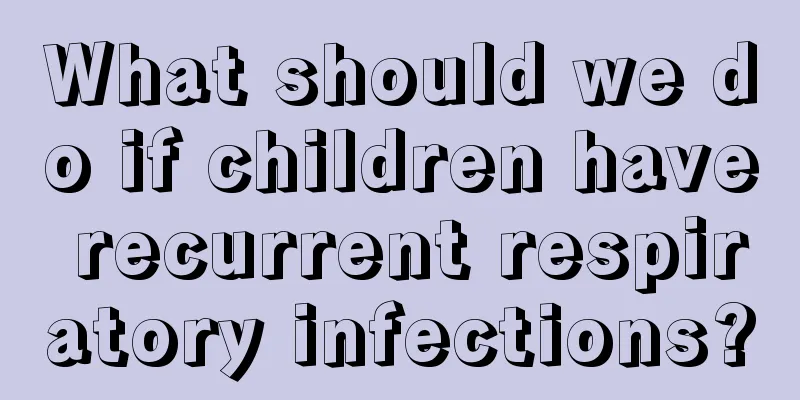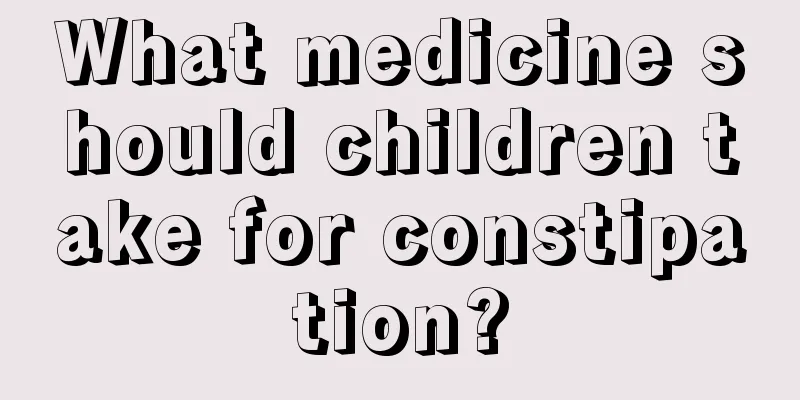What should I do if my newborn has one foot turned outward?

|
The shape of the feet is an important factor affecting the future image of a newborn. If the feet are good-looking, the body shape will get better and better as the baby grows up, which will have a very beneficial effect on people's image. However, in modern life, more and more newborns have ugly feet. Among them, the most common symptom is foot valgus. Let's take a look at what to do if a newborn has one foot valgus? I hope everyone can understand it. Also known as clubfoot, it is a developmental deformity that can be detected when a child is born. Clubfoot can occur on one or both feet. During development, the tendons and ligaments (posterior and deep) of the foot fail to develop in sync with the development of other tendons and ligaments in the foot. As a result, these tendons and ligaments pull the posterior and medial side of the foot downward, causing the foot to twist downward and inward. As a result, the bones of the foot are placed in abnormal positions. The foot turns inward, becomes stiff, and cannot return to its normal position.This treatment works best when it is started before 9 months of age, preferably soon after birth. For children between 9 and 28 months of age, this treatment is still effective and can correct all or most of the deformity. After 28 months, the Ponseti method is still effective, but most children will need surgery in the meantime.
1. Manual therapy - After several weeks of manual therapy, the bones of the foot are restored to a nearly normal position, and the foot deformity is gradually corrected. 2. Plaster - After each manual treatment, the foot and calf are cast for 5-7 days to maintain the position of the foot. 3. Repeat steps 1 and 2 until the foot is corrected to the correct position. 4. To completely correct the foot, doctors usually cut the Achilles tendon. This minor surgery is performed under local anesthesia and takes only 10 minutes. 5. Bracing - As soon as the last cast is removed, your child will be fitted with a wearable brace:a. Wear it for 3 months, 23 hours a day. b. Wear it every time you sleep for the next 2 to 4 years. Bracing is a key part of treatment. Even if your child's foot appears to have returned to normal, if they don't wear it at every bedtime, their foot may turn back around, even after more than two and a half years of orthotics. |
<<: What should I do if my baby has ectropion?
>>: What does rib valgus mean?
Recommend
What are the treatments for nephrotic syndrome in children?
What are the treatments for nephrotic syndrome in...
What is the standard weight for newborns?
Some women have a big belly during pregnancy, but...
What to do if your child has a fever and convulsions
Fever in young children is a common disease durin...
If both parents are not tall, can the child grow taller?
During the growth stage of children, many parents...
How to prevent babies from catching colds in spring
In spring, when seasons change and everything com...
How to feed newborns scientifically
Reasonable feeding methods can help newborns deve...
Why is there blood in the stool of an eight-month-old baby?
Children are the treasures of every family, and m...
Baby has diarrhea and anus is red and painful
Every baby is a little angel who brings endless j...
What should I do if my baby has bloating?
Bloating is a symptom that may occur at many ages...
What's wrong with the blue veins on the nose bridge of a one-year-old baby?
Many people have different opinions about the blu...
Why are there tears in the baby's eyes?
When it comes to tears, many people are familiar ...
How to treat dry eczema in children?
It is also common for children to have dry eczema...
Should we stop our baby from biting, being stingy, and other eight behaviors?
I don't know why my baby likes to bite people...
How to train a four-month-old baby who cannot hold his head upright?
When the baby is just born, because the bones hav...
How to make baby nutritious soup
Baby nutritious soup is very important for the ba...









